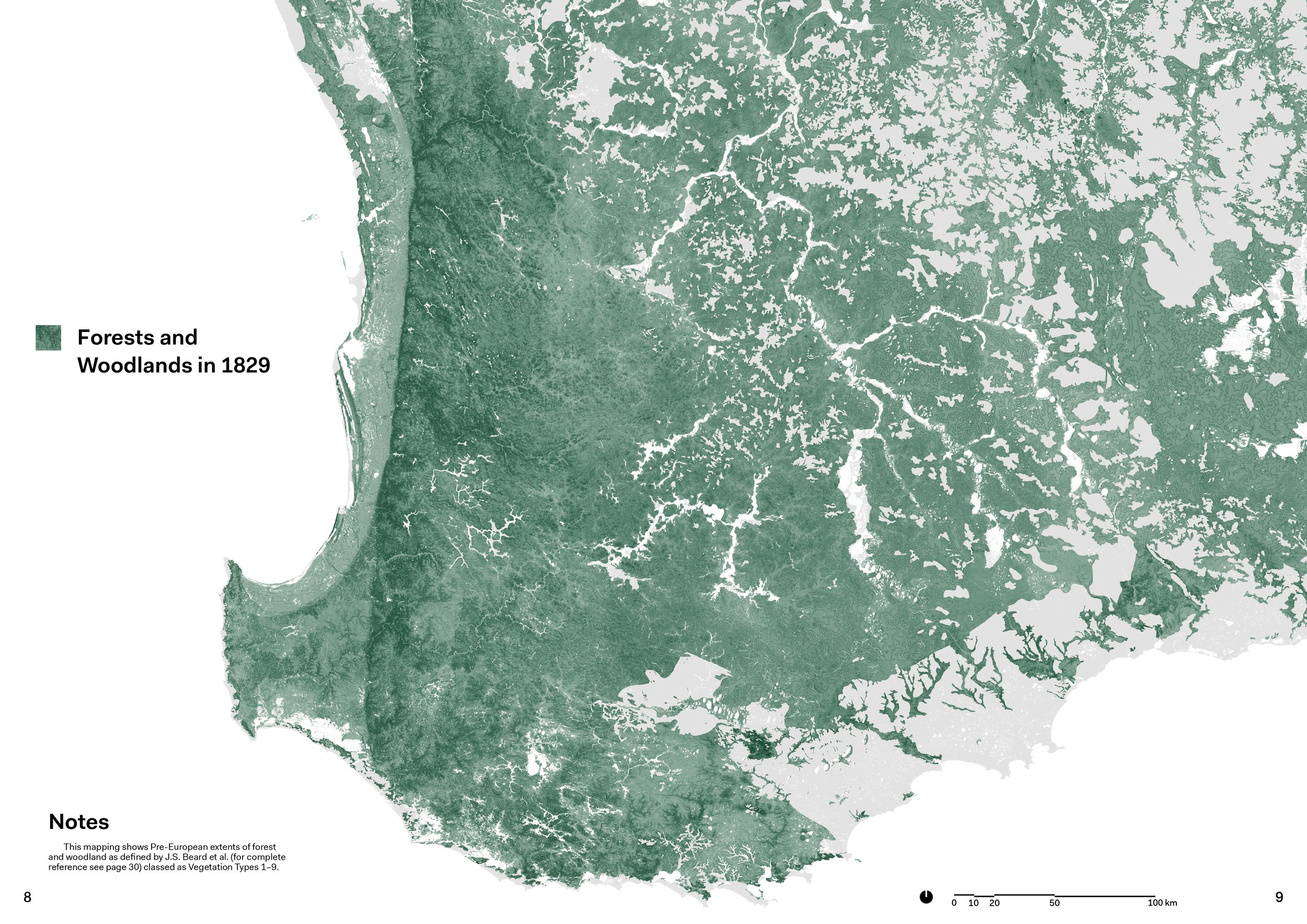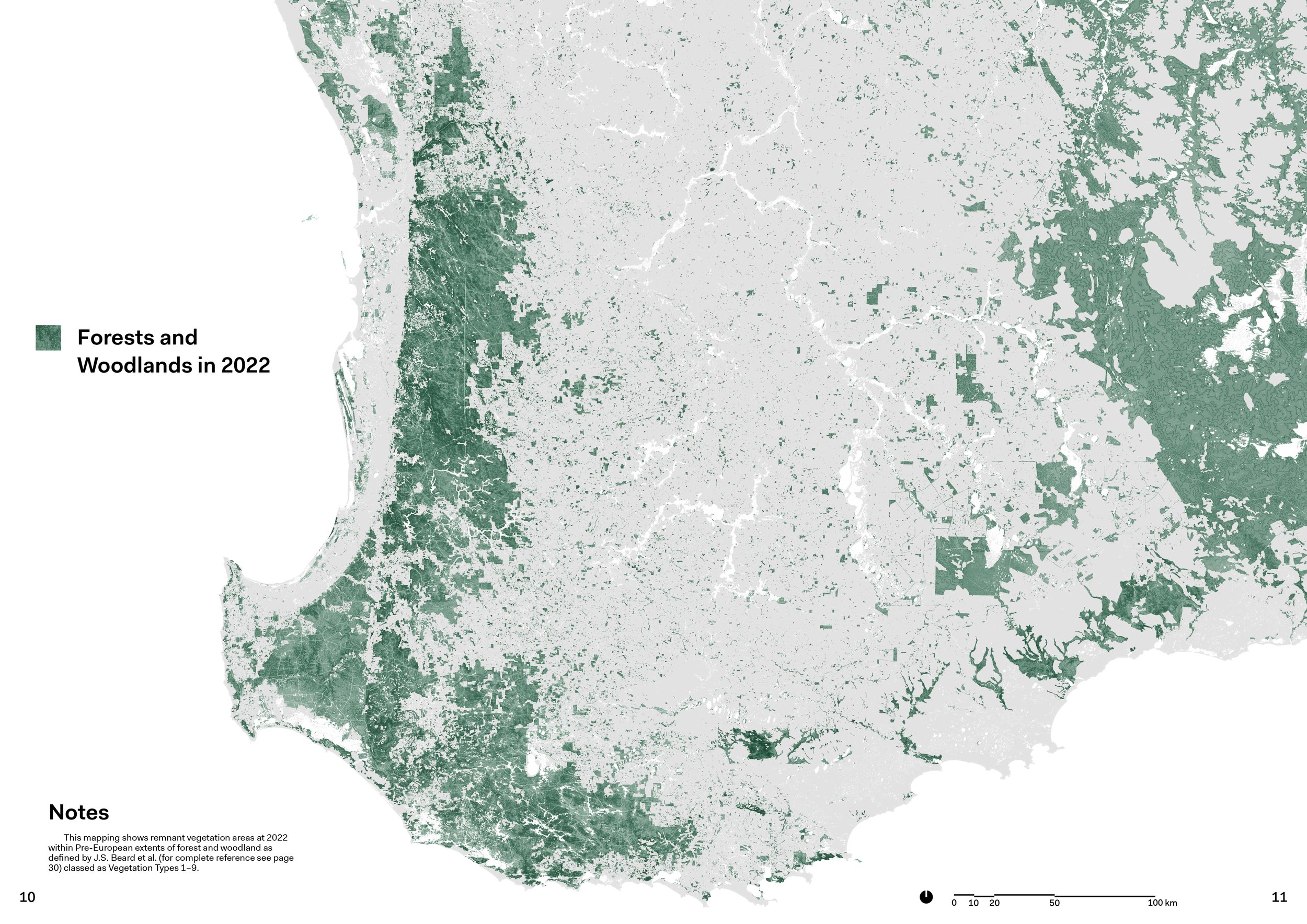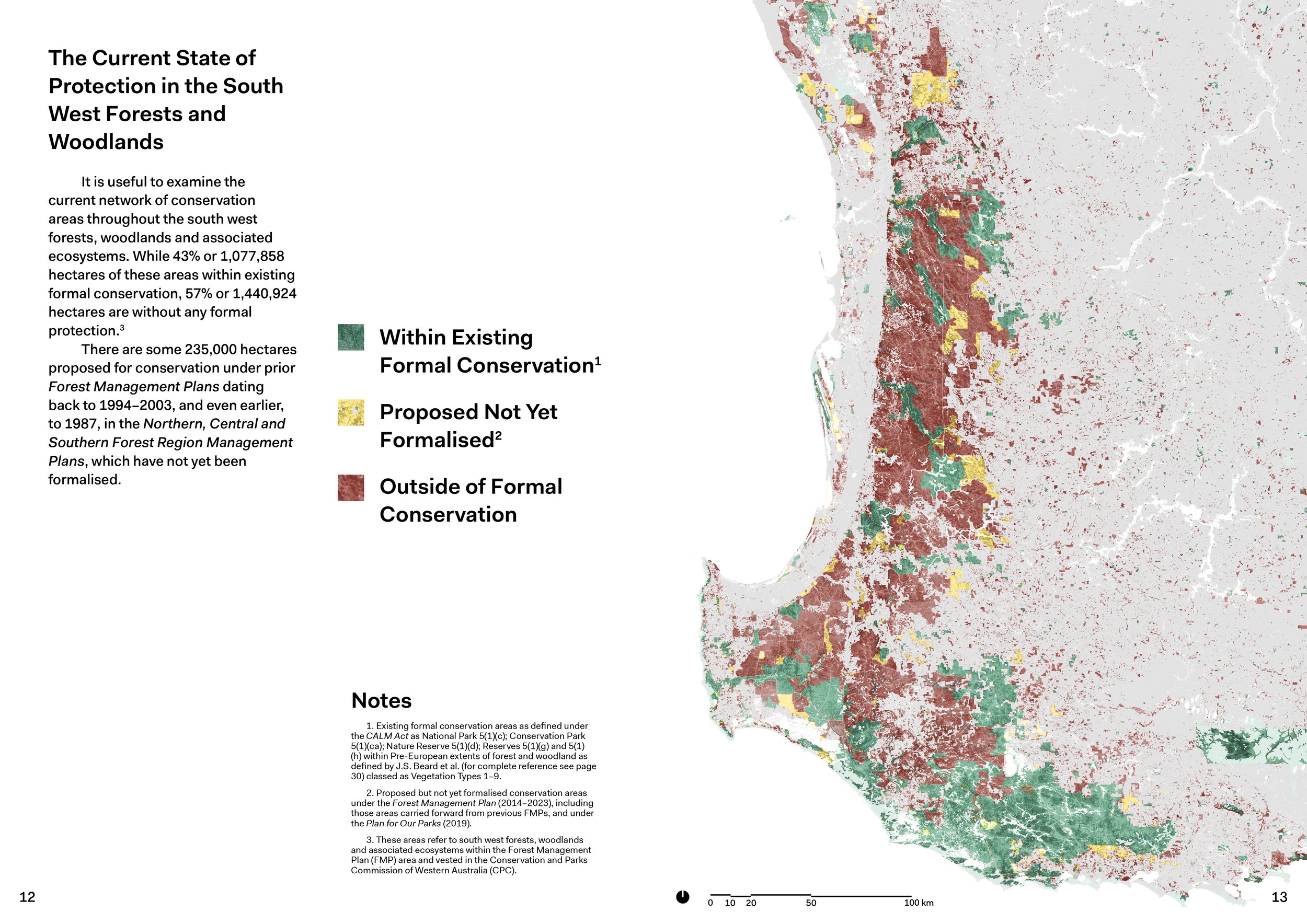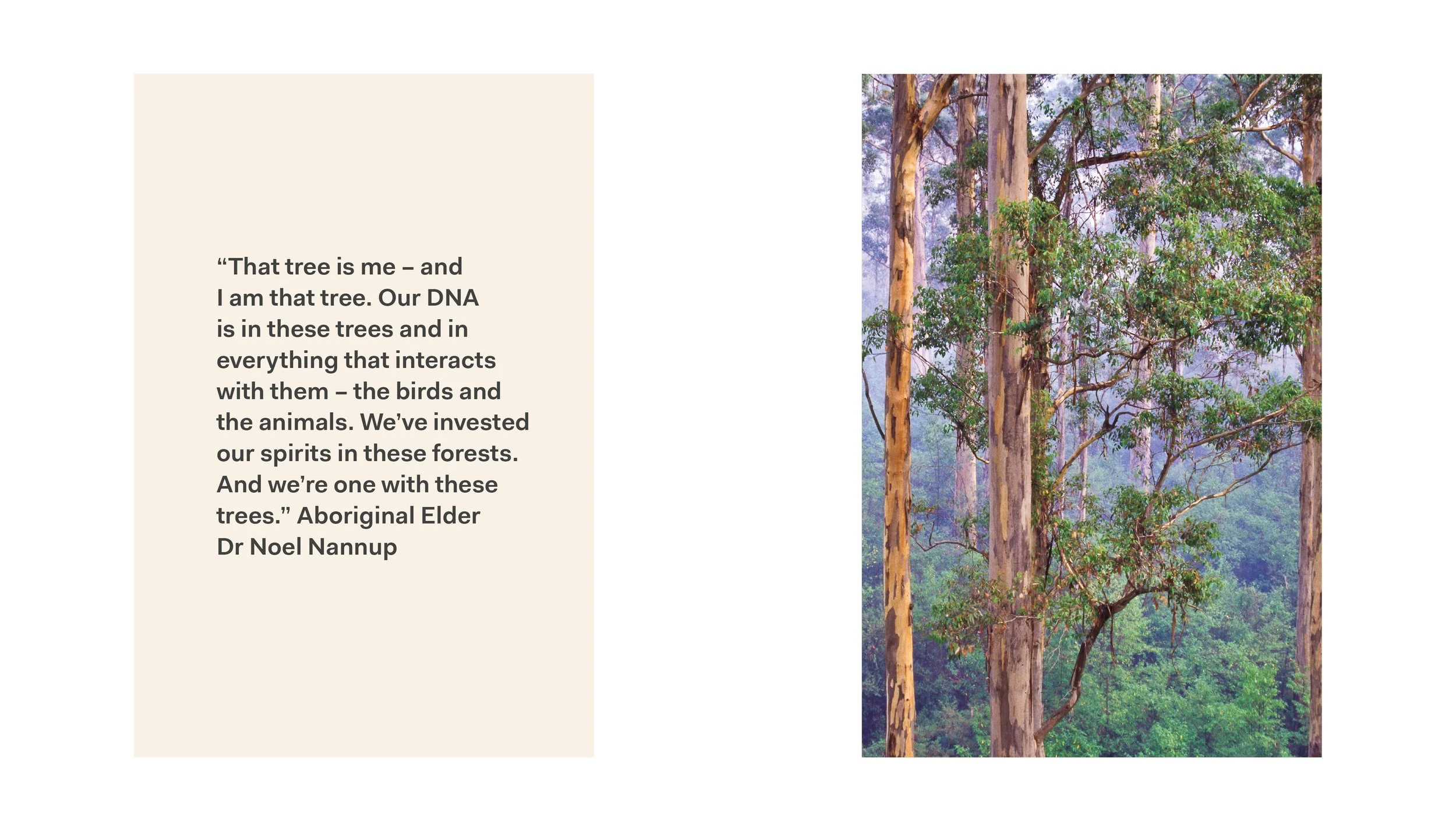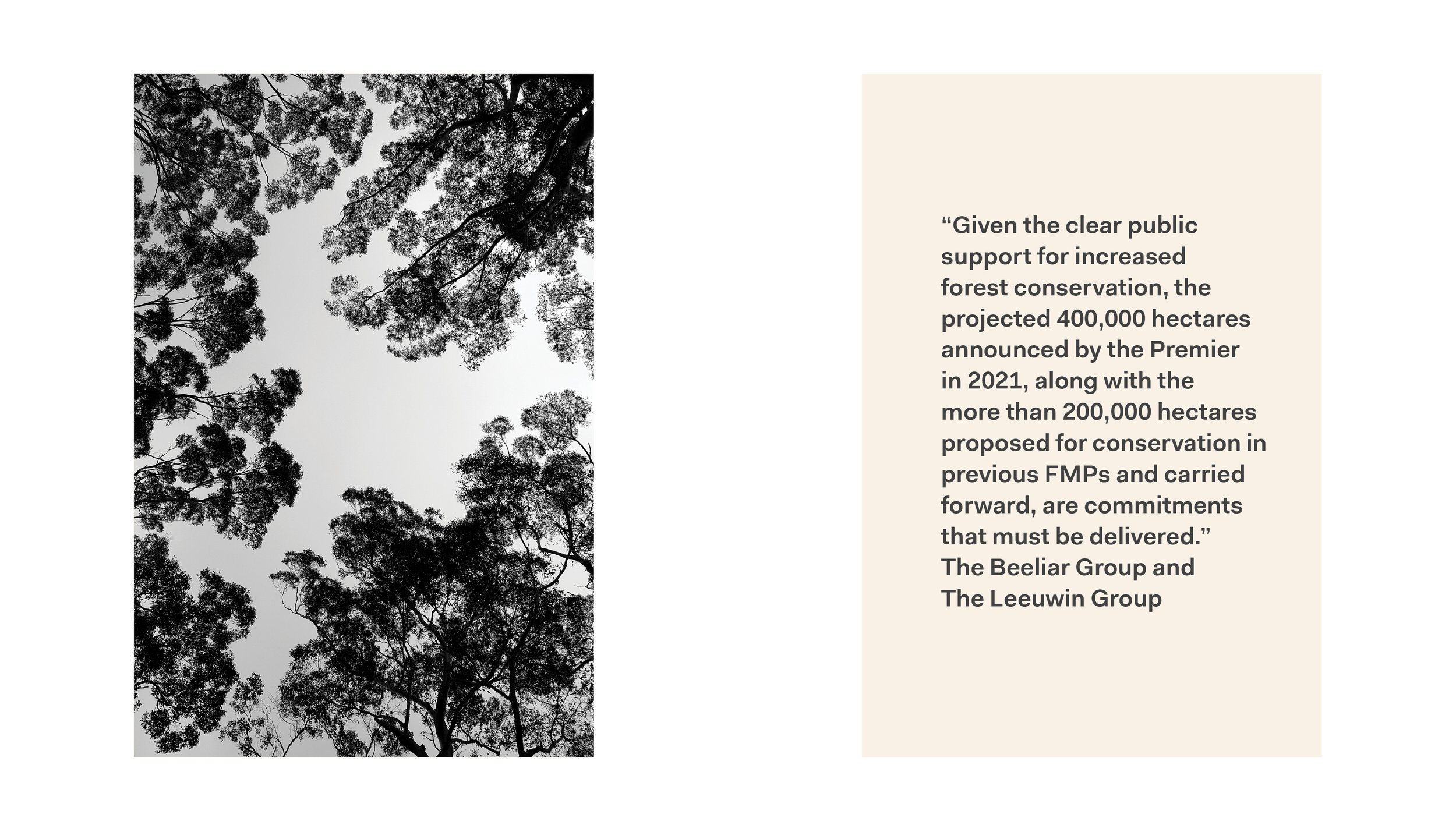New National Parks Beyond 2024
Alongside The Beeliar Group and The Leeuwin Group of professors and scientists, this mapping envisions how new National Parks and other protected areas can be defined and created in the south west forests Beyond 2024.
With Traditional Owners, community groups and scientists, these new National Parks have been designed to extend, connect and protect the forests for future generations – across the rich diversity of forest ecoregions. This pitch maps out 673,000 additional hectares of new protected areas — which is around 1,700 Karrgatups – Kings Parks. In addition, it reinforces the need to formalise some 235,000 hectares of additional protected areas proposed in recent decades, but not yet advanced or gazetted.
These proposals have been defined through the layering and analysis of dozens of conservation values in the south west forests, along with cultural, recreational and community values.
It is hoped that this mapping will serve as a resource for conservation planning and discussion. That it will help define principles for new protected areas. And give impetus to the formalisation of previously proposed, and future protected area proposals.
Later in 2023, the next 10-year Forest Management Plan 2024–2033 will be published by the Department of Biodiversity, Conservation and Attractions. This will define how these new National Parks and protected areas will be created. The plan will carry forward some 235,000 hectares of previously proposed protected areas. On top of this, it will add an additional raft of protected areas in line with the Premier’s announcement in 2021 for at least 400,000 hectares of new National Parks.
Read The Beeliar Group and The Leeuwin Group joint statement
Read the report ‘Defining and Creating New Protected Areas in the South West Forests Beyond 2024’
Conservation planning
2022
Role
Project coordinator
Collaborators
The Beeliar Group, The Leeuwin Group, Traditional Owners, community groups and scientists
Conservation planning; Conservation mapping; Geospatial analysis; Environmental communication; Facilitation; Advocacy





